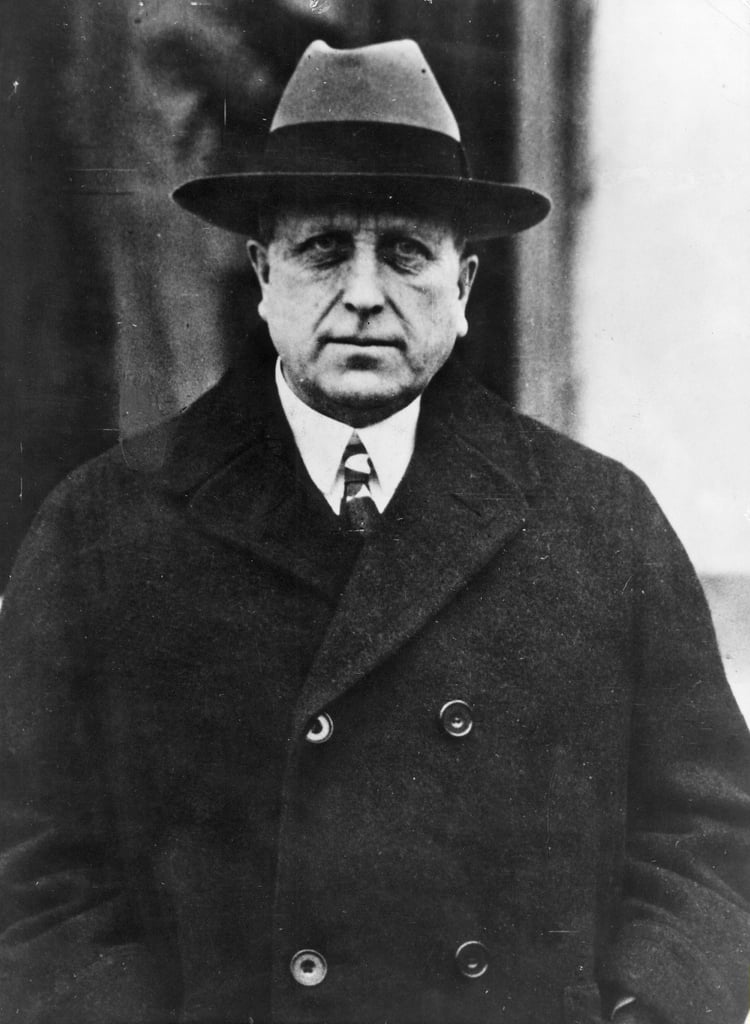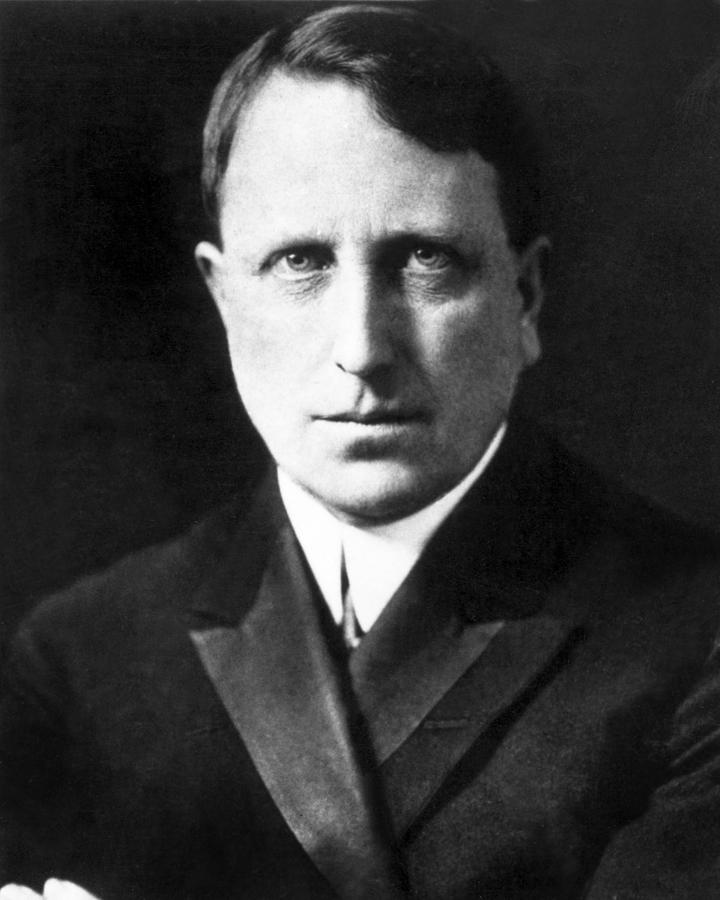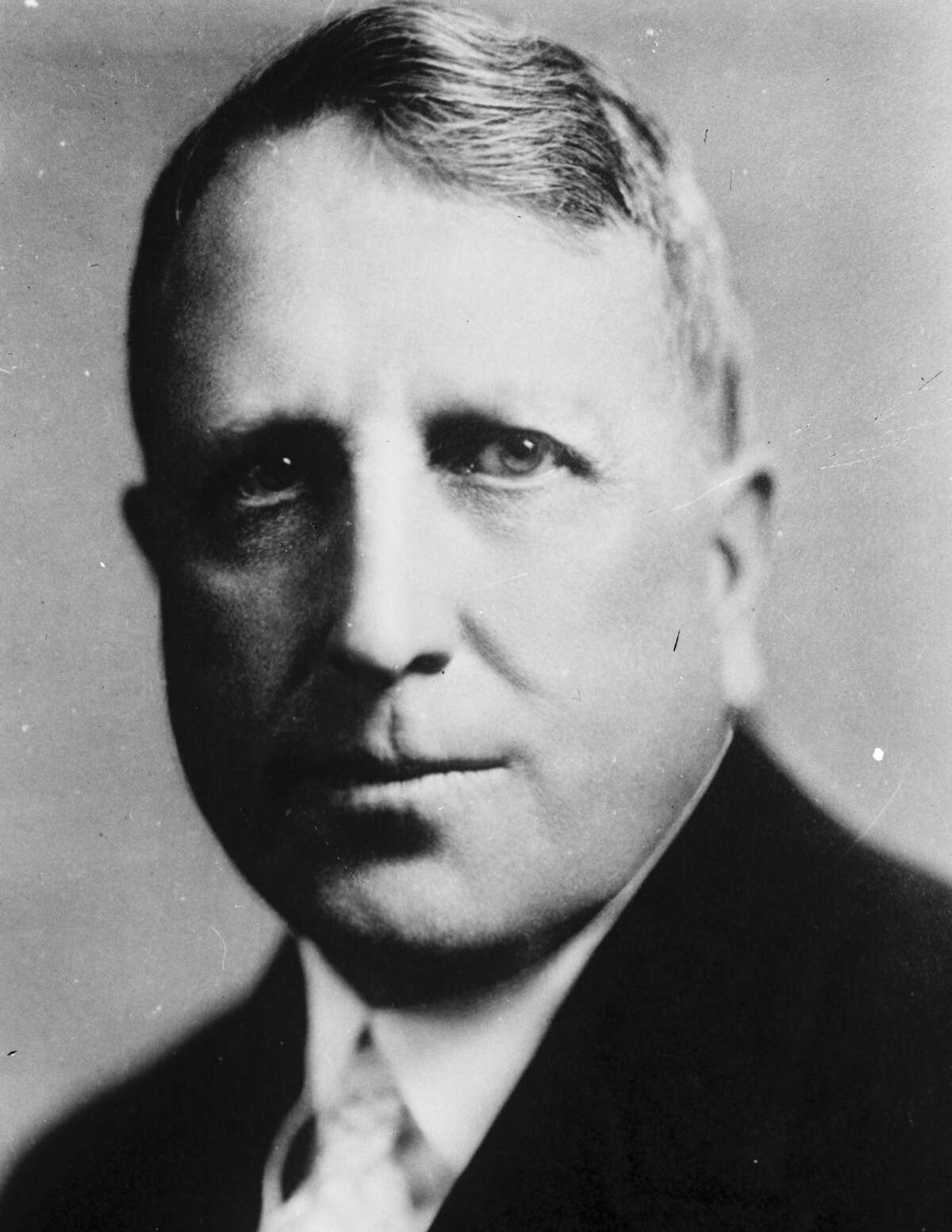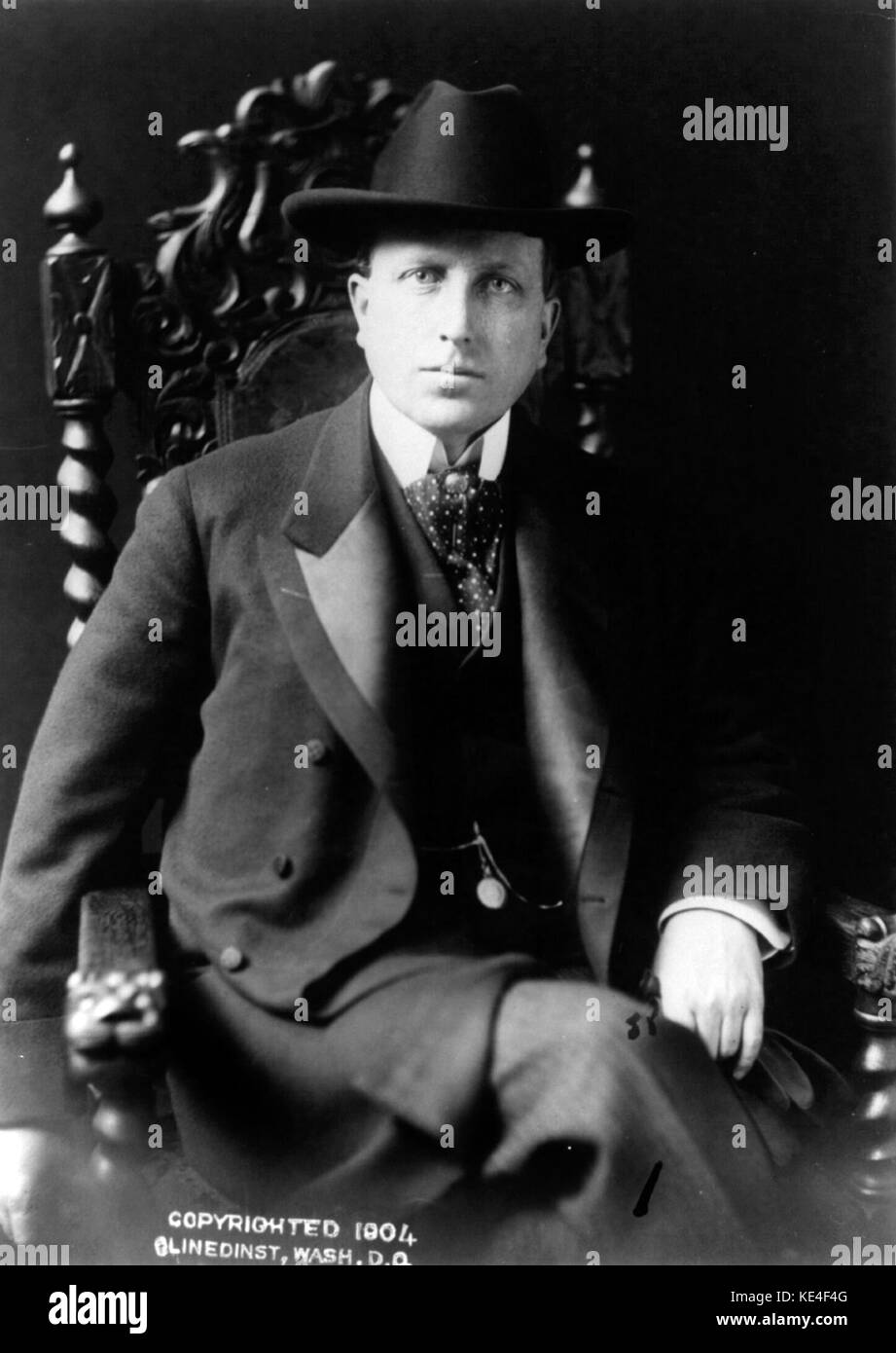Can a single individual truly shape the course of an entire industry? William Randolph Hearst's legacy in American journalism proves that one person can indeed transform media landscapes. His rise from managing a struggling newspaper to constructing the largest media empire in the nation demonstrates unparalleled ambition and influence. This journey wasn't just about building businesses; it was about redefining how news is presented and consumed.
Hearst's impact extended far beyond traditional publishing. His initial takeover of the San Francisco Examiner in 1887 marked the beginning of a revolution in American journalism. By implementing innovative techniques and investing heavily in quality journalism, he transformed a failing publication into a thriving enterprise. This success story rapidly expanded as he acquired more newspapers across major cities nationwide, establishing what would become the most extensive media network of its time. However, his influence didn't stop at print media—he ventured boldly into radio broadcasting, motion pictures, and even politics, proving his versatility and forward-thinking approach.
| Personal Information | Details |
|---|---|
| Date of Birth | April 29, 1863 |
| Place of Birth | San Francisco, California |
| Education | Harvard University (did not graduate) |
| Profession | Newspaper Publisher, Media Mogul |
| Notable Achievements | Established the largest newspaper chain in America; pioneered sensationalist journalism techniques; influential in early film production |
| Political Affiliations | Initially supported Franklin D. Roosevelt but later became a vocal critic |
| Reference Link | Biography.com - William Randolph Hearst |
Despite his monumental achievements, Hearst's relationship with Franklin D. Roosevelt illustrates the complexities of his political stance. Initially, he was among FDR's strongest supporters during the early years of the New Deal era. However, this alliance quickly soured as Hearst grew increasingly critical of Roosevelt's policies. This dramatic shift highlights his willingness to challenge established power structures when they conflicted with his vision or interests. His break with FDR also underscores his ability to adapt his public persona according to changing circumstances while maintaining control over his vast media empire.
Hearst's influence on popular culture reached new heights through his association with Hollywood. The construction of Hearst Castle stands testament to his extravagant lifestyle and artistic sensibilities. Designed as both a personal residence and entertainment venue, the estate became synonymous with luxury and excess. Yet, this opulence attracted controversy when Orson Welles released Citizen Kane—a thinly veiled portrayal of Hearst's life. Furious at the depiction, Hearst launched an aggressive campaign to suppress the film, utilizing all resources available within his media empire. While ultimately unsuccessful in burying Citizen Kane, his efforts demonstrated the lengths he would go to protect his reputation.
During World War II, Hearst surprisingly pivoted from earlier isolationist views to support America's entry into global conflict following Pearl Harbor. This decision reflected his evolving perspective on international affairs and reinforced his commitment to national security. At its peak in 1935, his media conglomerate encompassed 28 major newspapers and 18 magazines alongside numerous radio stations, movie companies, and news services. Such extensive reach allowed him unprecedented influence over public opinion, shaping societal attitudes across multiple generations.
The Greek Theatre located on UC Berkeley's campus further exemplifies Hearst's enduring legacy. Named in his honor, this iconic venue overlooks the San Francisco Bay and serves as a reminder of his contributions to cultural institutions throughout California. Through such projects, Hearst ensured that his mark on American society extended beyond mere journalistic endeavors into realms of education and arts.
Beyond these accomplishments, Hearst's methods left indelible marks on modern journalism practices. Known for pioneering sensationalist reporting techniques—often referred to as yellow journalism—he set precedents still debated today regarding ethical boundaries in media presentation. Critics argue these approaches compromised journalistic integrity; however, proponents credit them with increasing reader engagement and democratizing access to information.
As we examine Hearst's multifaceted career, it becomes evident that his contributions transcended simple business acumen. He redefined how media organizations operate, influencing everything from content creation to distribution channels. Moreover, his ventures into diverse fields like politics and entertainment showcased exceptional adaptability and foresight. Even amidst controversies surrounding Citizen Kane or shifting political alliances, Hearst maintained unwavering dedication towards expanding his influence across various sectors.
Ultimately, William Randolph Hearst's life represents a fascinating study in ambition, innovation, and resilience. From transforming a single newspaper into a sprawling media empire to navigating complex relationships with political figures and filmmakers, his journey encapsulates key developments in twentieth-century American history. As we continue exploring his impact, it remains clear that no other figure has shaped modern media quite like Hearst did during his remarkable career spanning nearly six decades.
In evaluating Hearst's lasting significance, one must consider not only his tangible achievements but also the intangible qualities he brought to journalism. His relentless pursuit of excellence combined with willingness to experiment resulted in groundbreaking innovations still felt within contemporary media landscapes. Whether championing progressive causes or opposing government policies, Hearst consistently demonstrated courage to stand by convictions regardless of potential consequences—an attribute increasingly rare among today's corporate leaders.
This comprehensive examination reveals that Hearst's influence extends far beyond individual publications or specific industries. Instead, he fundamentally altered how information is gathered, processed, and disseminated worldwide. Modern journalists owe much to his pioneering spirit, even if some aspects of his methodology remain controversial. As technology continues reshaping media consumption patterns, lessons learned from studying Hearst's strategies prove invaluable for navigating current challenges facing global communication networks.
By analyzing his interactions with powerful individuals such as Franklin D. Roosevelt or clashes with creative talents like Orson Welles, we gain deeper insights into complexities inherent in balancing commercial interests against artistic expression. These experiences highlight importance of maintaining transparency while pursuing profitability goals within rapidly evolving digital environments.
Furthermore, Hearst's investments in architectural marvels like Hearst Castle demonstrate appreciation for preserving cultural heritage alongside advancing technological frontiers. Such dual commitments ensure preservation of historical traditions while fostering innovation necessary for future growth opportunities within multimedia sectors.
Thus, William Randolph Hearst emerges not merely as successful businessman or influential publisher but as transformative force whose work continues impacting millions daily. His visionary leadership laid foundations upon which entire industries now thrive, making him indispensable figure within annals of American business history.




